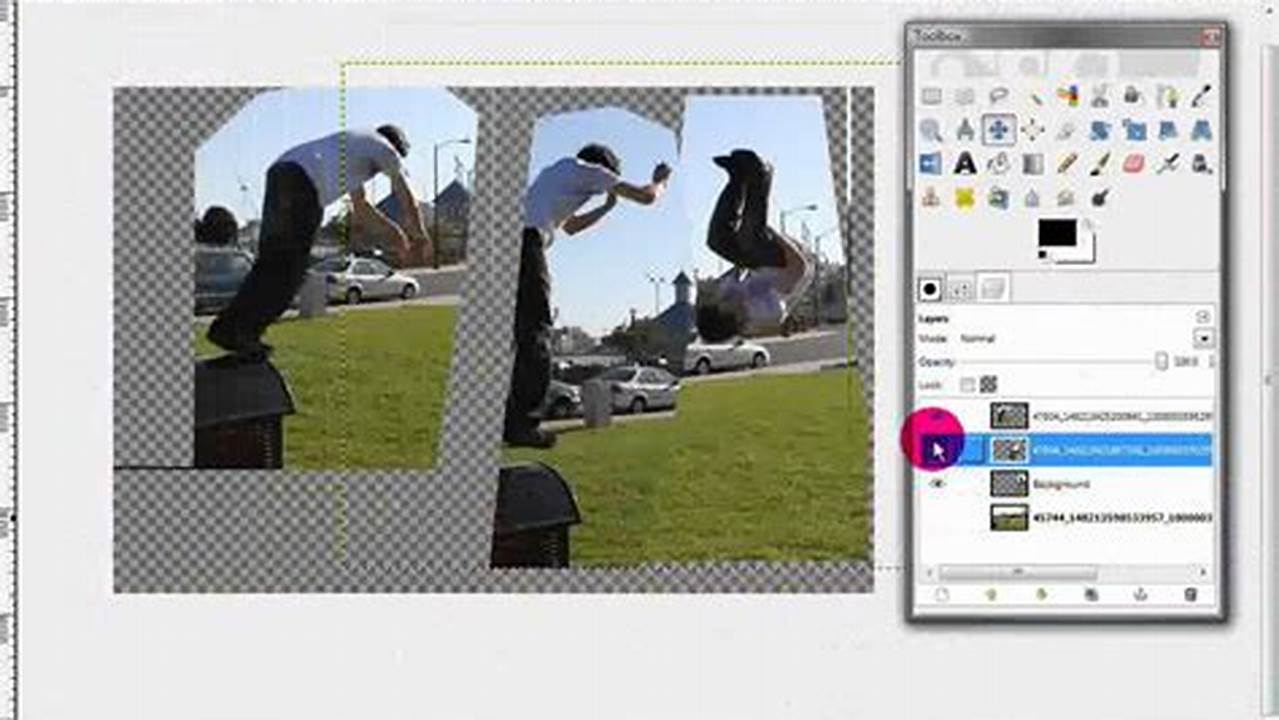
Combining ResNets and ViTs (Vision Transformers) has emerged as a powerful technique in computer vision, leading to state-of-the-art results on various tasks. ResNets, with their deep convolutional architectures, excel in capturing local relationships in images, while ViTs, with their self-attention mechanisms, are effective in modeling long-range dependencies. By combining these two architectures, we can leverage the strengths of both approaches, resulting in models with superior performance.
The combination of ResNets and ViTs offers several advantages. Firstly, it allows for the extraction of both local and global features from images. ResNets can identify fine-grained details and textures, while ViTs can capture the overall structure and context. This comprehensive feature representation enhances the model’s ability to make accurate predictions and handle complex visual data.

